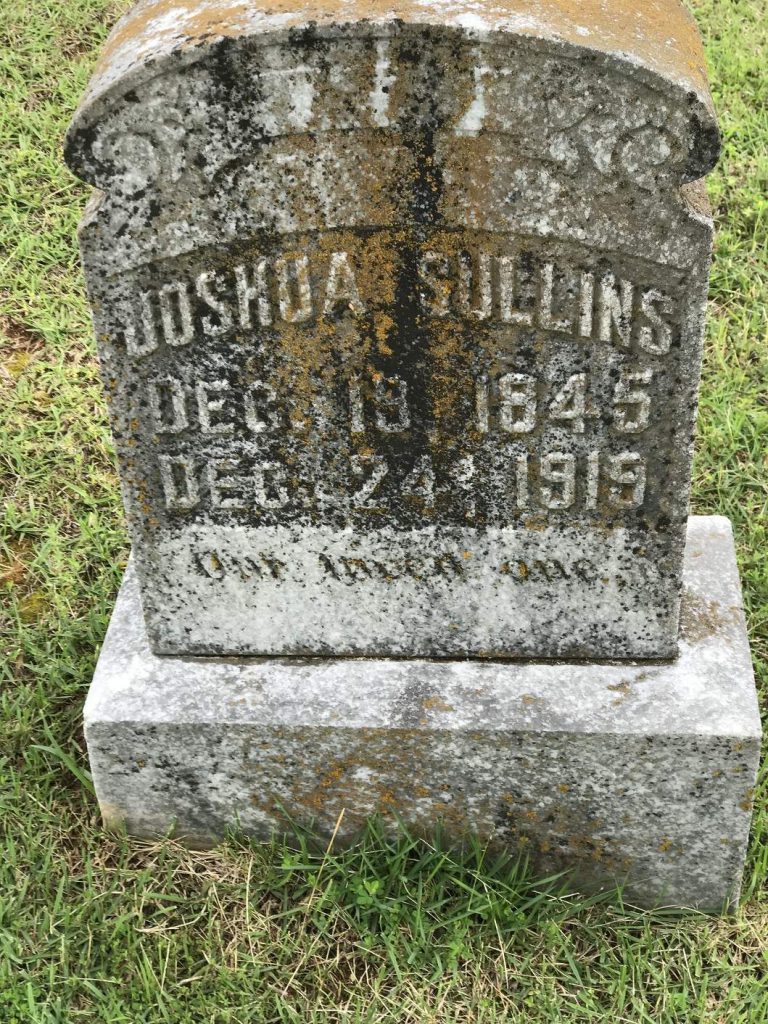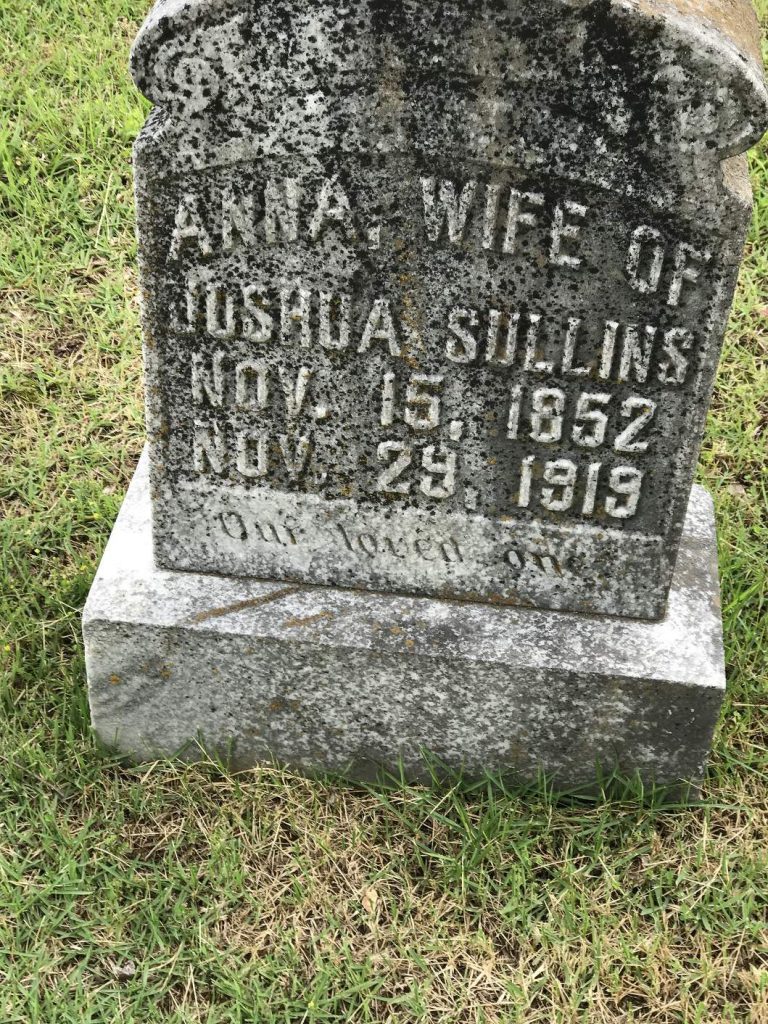Those of you that have been in my office have seen the old pictures of my Great Grandparents and Great, Great Grandparents out in the lobby.
In the U.S. about 28% of the population of 105 million became infected with 500,000 to 675,000 deaths or 0.48 to 0.64 percent of the population.
The Spanish flu was an unusually deadly influenza pandemic. Lasting from January 1918 to December 1920, it infected 500 million people – about a quarter of the world’s population at the time. The death toll is estimated to have been anywhere from 17 million to 50 million, and possibly as high as 100 million, making it one of the deadliest pandemics in human history, behind the Black Death.
Deadly Second Wave
The second wave of the 1918 pandemic was much deadlier than the first. The first wave had resembled typical flu epidemics; those most at risk were the sick and elderly, while younger, healthier people recovered easily. By August, when the second wave began in the United States, the virus had mutated to a much deadlier form. October 1918 was the deadliest month of the whole pandemic.
What can we learn from history?
Not to be doom & gloom, or alarm anyone, but I think this 2020 Coronavirus could be with us for longer than just a few months. We may need to practice certain of the social distancing exercises for the next two years. Like avoiding the handshake greeting!
We may come out of this with some long term modifications that will benefit us all in the days and years to come. Like sanitation improvements, better preparedness and hopefully medical advances.




Facebook Comments